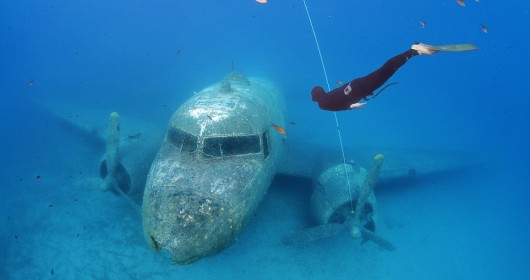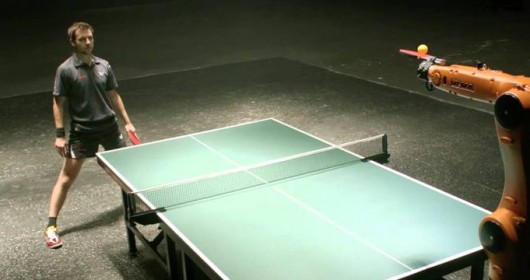The success of Facebook and Google’s plans to use balloons, drones and satellites to spread Internet access will be decided by challenges on the ground.
The future of the Internet lies in the upper stratosphere, according to Facebook CEO Mark Zuckerberg and Google CEO Larry Page.
Facebook recently announced its plans to launch a dedicated team which will work on a solar powered aircraft that would be able to circle at a height of 20 kilometers to cover suburban and rural areas with Internet access.
However, Google, which is also trying to bring internet coverage to poor parts of the world, has already put claims on this territory for its fleet of high-altitude balloons, which the technology giants plans to operate at between 18 to 27 kilometers above ground, based on its first test flights.
The high altitudes that both companies chose for their devices are crucial to avoid air traffic and weather. Neither company has commented on how it plans to avoid each other’s machines.
Their approaches differ also in the way they plan to transmit internet coverage data to earth surface and back. In its tests, Google has used radio waves to connect its balloons with antennas placed on buildings. In contrast, Facebook’s drones will be equipped with infrared lasers, which are capable of transmitting data at speeds close to what fiber optics can do. Moreover, Facebook plans to use the same technique with satellites.
[sc:ad-text]
However, the most serious obstacles are laying on the ground are not as much technical as political and economic. Those are the issue that have to plague the poor countries, and innovation in stratosphere is dependent on them being solved.
[sc:youtube id=pxX6r-xDgG4]
[sc:end t=”Facebook’s Drones Will Battle Google’s Balloons”]








Leave a Reply